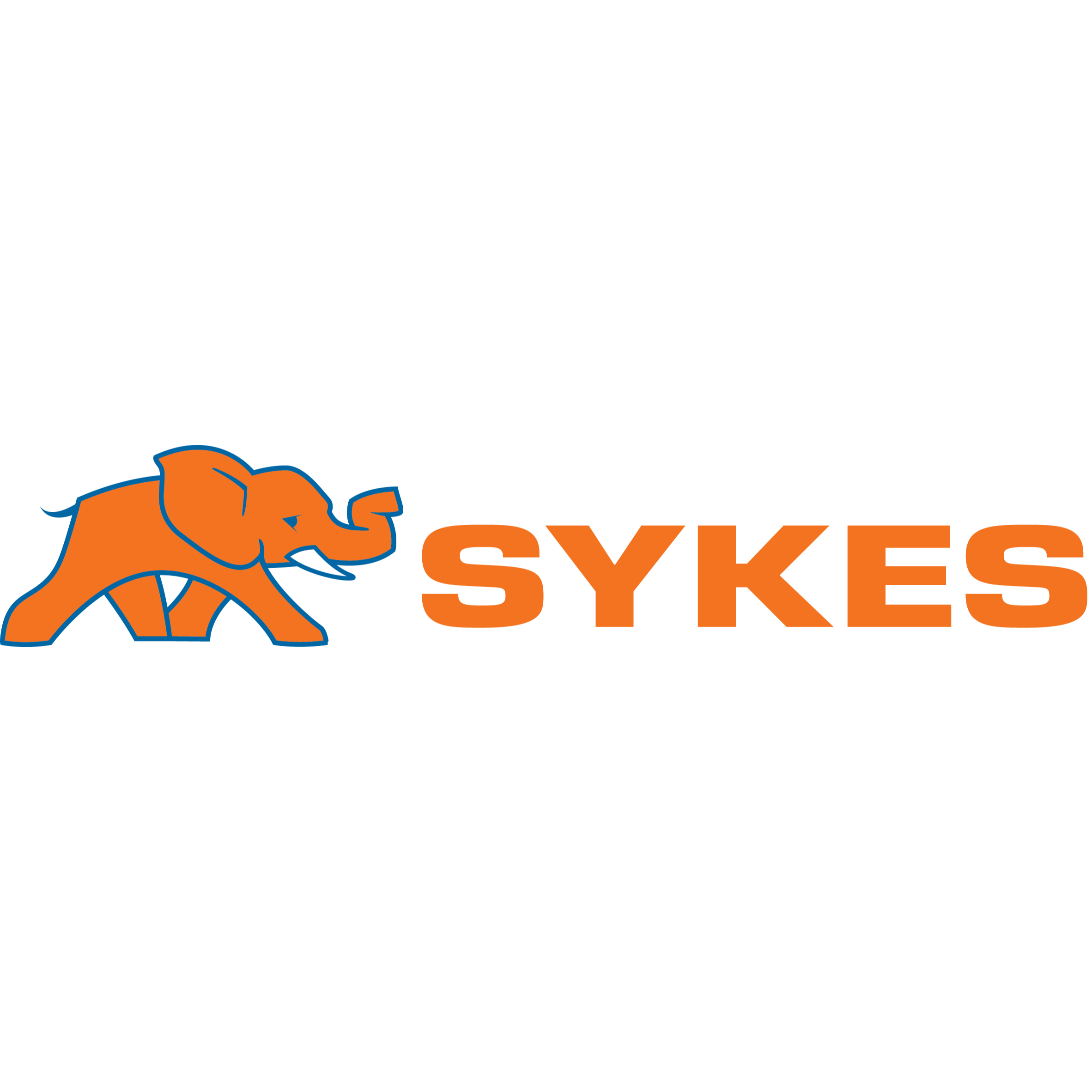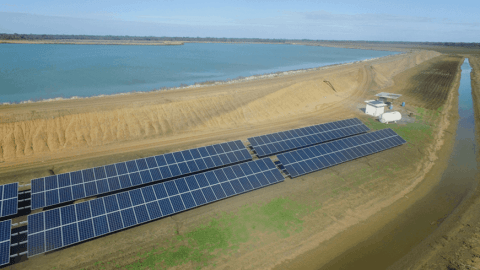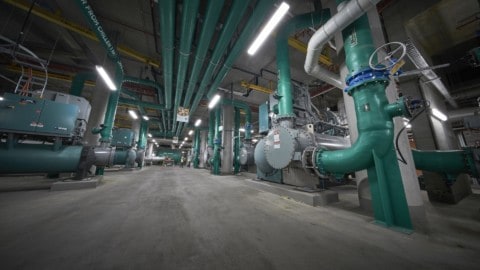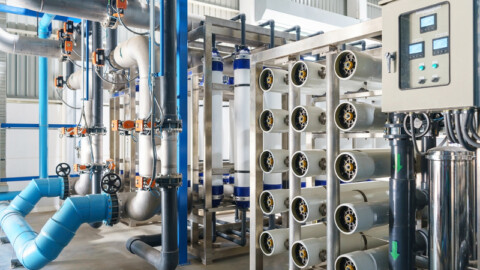SA Water has completed a refurbishment to two sewer network access chambers located under the Keswick Bridge, following a planned closure to the Adelaide rail corridor.
The upgrades are part of SA Water’s ongoing rehabilitation program, which helps to ensure reliable sewer service.
Concrete access chambers sit on top of sewer mains to provide operational teams access inside the pipes to conduct cleaning and maintenance.
The two recently refurbished chambers are located directly under the Keswick Bridge – which carries traffic on Anzac Highway over rail tracks – parallel to the Belair rail line, and provide access to a 525mm diameter sewer main that transfers significant volumes of sewage to SA Water’s Bolivar Wastewater Treatment Plant.
SA Water’s Senior Manager of Infrastructure Planning and Strategy, Dr Daniel Hoefel, said its proactive program will see $1 million invested in 2023–24 to rehabilitate around 40 concrete sewer chambers across South Australia.
“This type of work is vital to sustaining the structural integrity of these assets, and involves using CCTV cameras to inspect the condition of the chambers – allowing the entire structure to be assessed in detail to prioritise those that require refurbishment, with these two in the rail corridor identified as a priority.”
The upgrades were conducted with contractor Interflow, who cleaned inside the chambers beneath the Keswick Bridge with a high pressure hose to remove any debris or fat from the walls, before applying a protective coating to the concrete.
Adelaide Metro, the Department of Infrastructure and Transportation and the Australian Rail Track Corporation have all worked together with SA Water and will assist in the planned shutdown and safely access the network.
“The goal of rehabilitating the chambers is to extend the asset life by protecting the concrete walls from further corrosion by hydrogen sulphide, which is a gas that naturally occurs in our sewers, and over time, has the ability to eat away at the concrete – causing it to potentially collapse and lead to a sewage overflow,” Dr Hoefel said.
“Our crews have now coated the walls with a solution known as calcium aluminate carbonate to preserve the structure, along with replacing steel access plates atop our two chambers.
“With such a critical underground sewer main running alongside the city’s rail infrastructure, this work will ensure the pipe’s ongoing reliability to minimise the risk of a potential overflow and community disruption.
“We’ve also taken this opportunity to decommission a chamber in this part of the corridor due to its condition, which involved filling it with concrete to reinforce the structure and secure it from collapsing into the pipe.”
SA Water working with Adelaide Metro, the Department of Infrastructure and Transportation and the Australian Rail Track Corporation to complete the refurbishment. Image courtesy of SA Water.





















